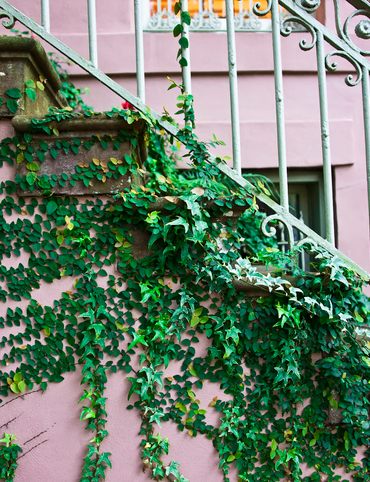Walk your way through the sculptures, architecture, and history of this mid-sized city with a big soul.
6 Ways to Soak Up Plano’s Art and Culture
Plano, Texas may get its name from the flat local terrain—plano is the Spanish term for "flat"—but this Dallas suburb is anything but boring. The town makes up part of the Dallas–Fort Worth metroplex, so it’s an easy day or overnight trip if you’re visiting the big city.
Located in the Northeast region of the Lone Star State, Plano is a mid-sized city with big personality, offering plenty of history and culture, with dozens of restaurants, bars, and shops. It also has an impressive collection of sculptures and public art pieces, which make for an excellent way to see the city.
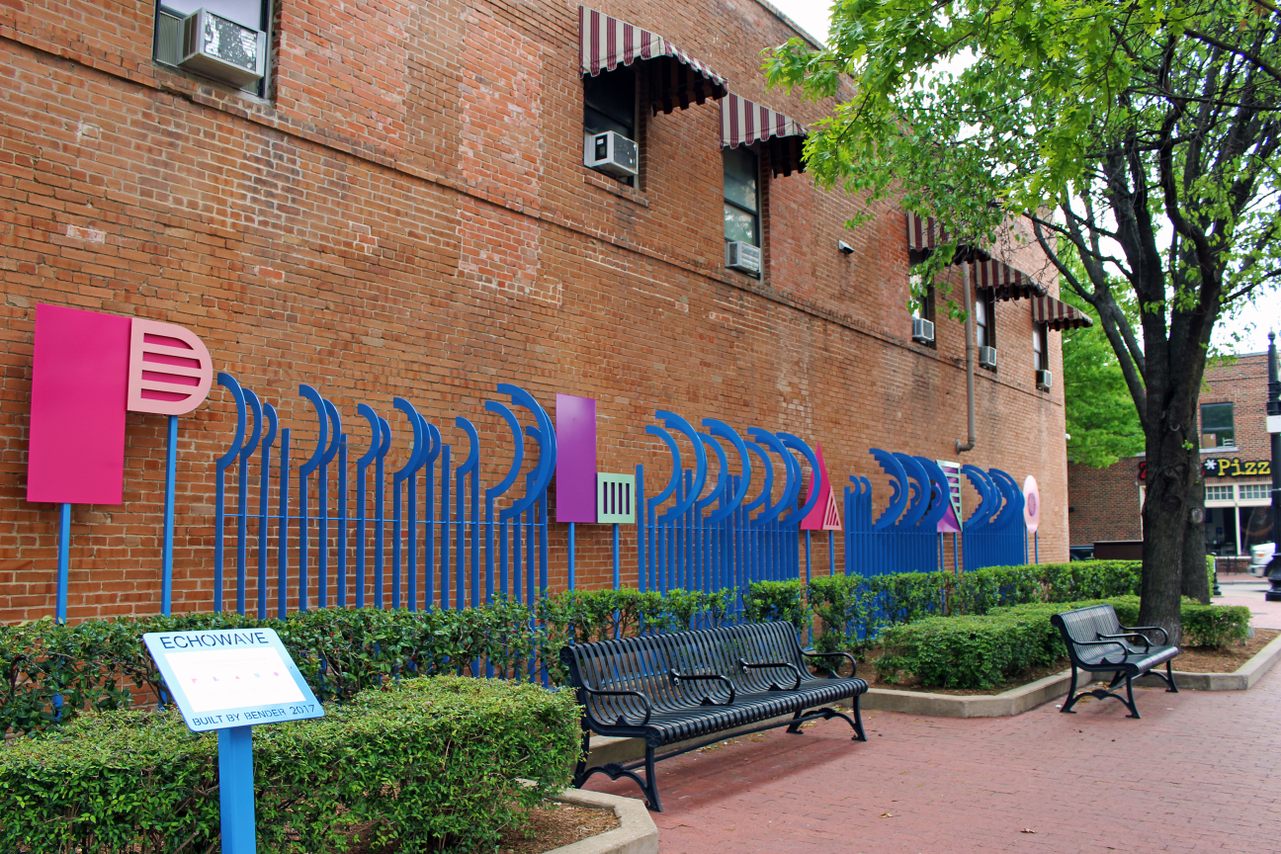
1. Echowave
History and art combine in Echowave, an interactive sculpture installation nestled in the heart of downtown Plano. One of many stops on the self-guided Plano Art Walk, the art piece consists of four painted steel sound waves placed between the colorful letters P L A N O attached to a large brick wall.
Located on the southeast corner of K Avenue and 15th Street, each of the “waves” corresponds with an audio segment representing historical events in Plano. For example, one audio recording covers the founding of the fire department while another discusses Plano’s name and origins.
The artist, Milan Bender, lives in Dallas and is known for repurposing and upcycling "trash" into art. Some of the audio segments are narrated by locals, such as Deputy City Manager Sam Greif and former mayor Harry LaRosiliere.
1428 K Ave, Plano, TX 75074, United States

2. Collinsworth Cemetery
In 1895, the Collinsworth family were visited by a traveling salesman that wasn’t feeling well. Unfortunately, their guest was infected with smallpox, a disastrous condition caused by the deadly variola virus that killed 400 million people in the 20th century alone.
One of the Collinsworth daughters was the first to succumb to the fatal disease, but as more relatives arrived to pay their respects, more became ill and died. Approximately 10 members of the Collinsworth family passed away, as doctors were unable to adequately treat the disease.
The small outbreak also prompted the city of Plano to pass a resolution mandating smallpox vaccinations. Located not far from Barney Smith's Toilet Seat Art Museum and Texas Triffid Ranch, as many as thirty members of the Collinsworth family are believed to be buried in Collinsworth Cemetery, although today only six headstones are visible.
3000 block of, Vermillion Dr, Plano, TX 75093, United States
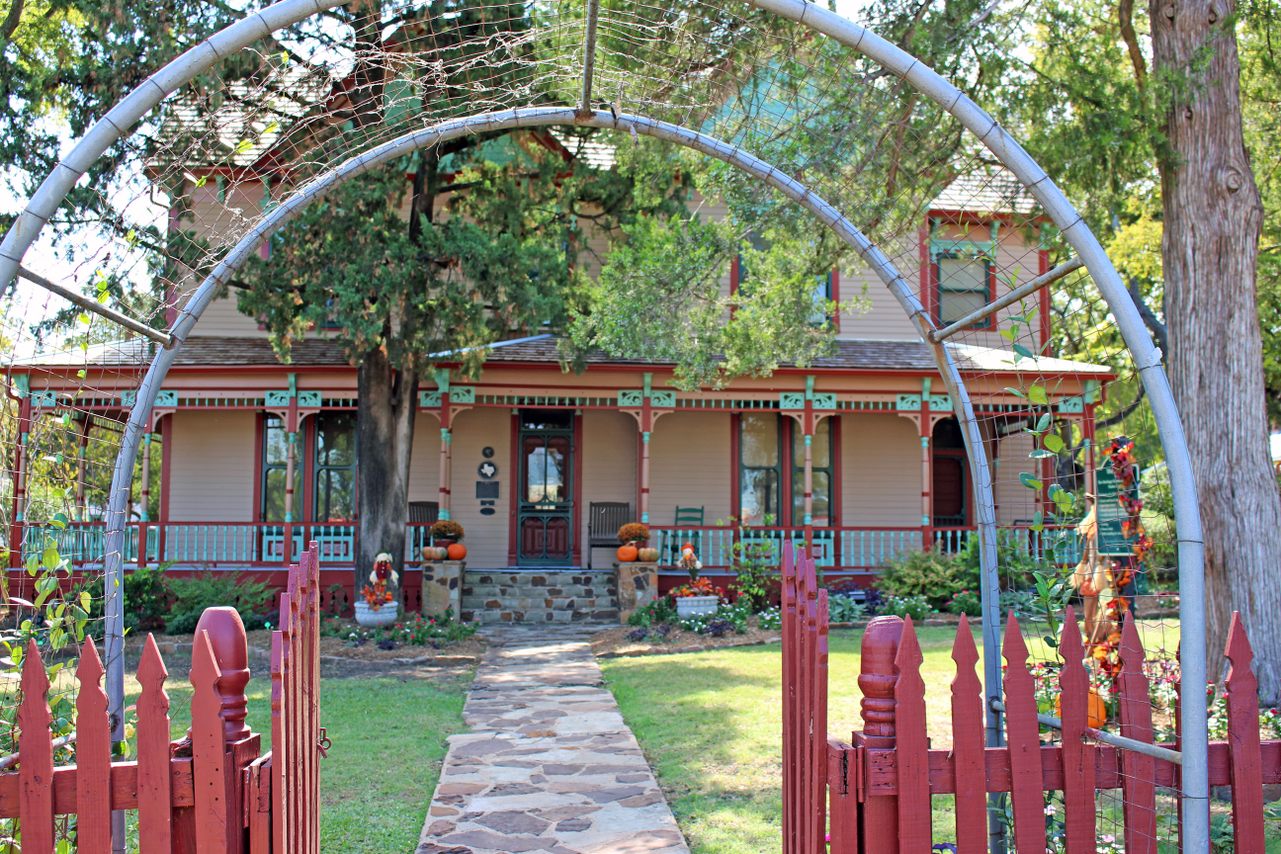
3. The Young House
In 1836, enticed by the new Republic of Texas’ offer of free land to settlers, Samuel Young drove an oxcart from Illinois to Plano with his wife and two children. Four years later, the family constructed The Samuel Young House. For more than 90 years, the eldest Young daughter, Gladys, lived in the house without any plumbing or electricity.
Today the house, which is a late example of the Gothic Victorian three-gable style, is a living history site that represents the Texas Blackland Prairie region. It is part of the Heritage Farmstead Museum, a 4.5-acre historic farm complex that has been recognized by the Plano Landmark Association and is listed in the National Register of Historic Places. The Young House features many pieces of original Victorian furniture, notably a Bell telephone from the turn of the century and an original Sanger Bros. Victrola. You can tour the house, as well as another historic house within the Farmstead Museum, on Thursdays, Fridays, and Saturdays.
1900 W 15th St, Plano, TX 75075, United States
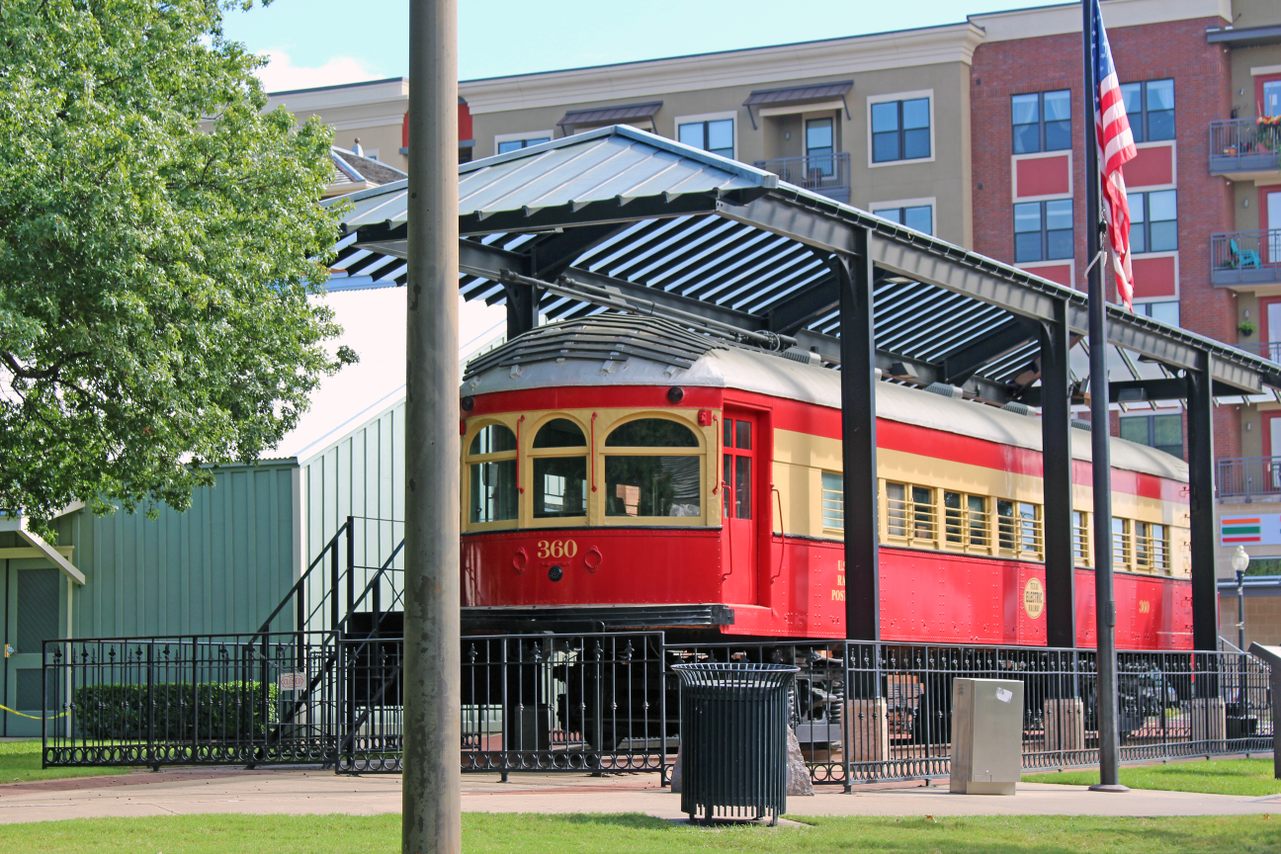
4. Interurban Railway Museum
Plano has a long, proud history of trains and railways stretching back more than 110 years. Nowhere better displays this past than the Interurban Railway Museum, located downtown. The railway operated here for 40 years from 1908 to 1948; now, the old train station is managed by the Plano Conservancy for Historic Preservation, but includes more than just train history.
There’s also an Interactive Electricity Room, which teaches kids basic physics using high-voltage visualizations such as electrical generators, magnets, and battery circuitry; a display that describes how Plano evolved from a prairie to a booming suburb; and an exhibit on local Native American history. You’ll want to step inside the museum’s standout exhibit, Railway Car 360, an 111-year-old railway car that once transported people to areas outside Plano. In 1914, it was transformed into a mobile post office and remains the last living example of a Texas Electric Rail Post Office car.
The museum is free, and holds story time for children Friday mornings at 11 a.m.
901 E 15th St, Plano, TX 75074, United States
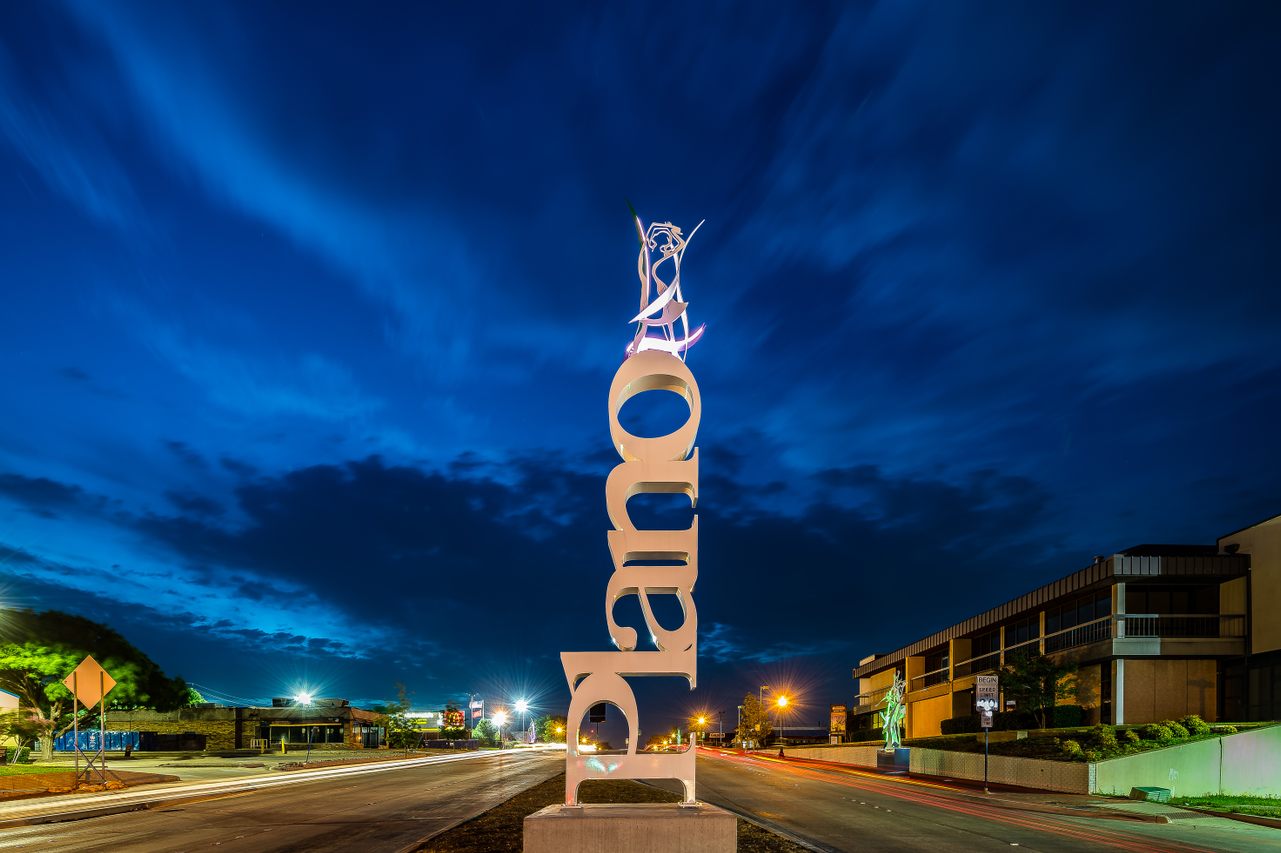
5. Rhythmic Illuminations
Downtown Plano is just large enough to get lost in, which makes it an ideal location for a walk. While wandering around, you’ll encounter a series of seven sculptures called Rhythmic Illuminations. Crafted from aluminum by Colorado-based sculptor Joshua Weiner, each piece reflects a different aspect of the local arts scene, like singing, dancing, and musical instruments. One sculpture boldly features the word “Plano,” evoking the famous “LOVE” pop art by Robert Indiana. But viewed from another angle, these structures may appear just like abstract shapes. Getting the full experience requires getting up close.
1021 E 15th St, Plano, TX 75074, United States

6. Steers at Baccus Plaza
What’s more Texan than cattle? The Texas Longhorn is a hybrid steer characterized by its massive horns, and at Baccus Plaza in Northwest Plano, you can find nineteen of them, not to mention three cowboys, all of them made of bronze. The scene depicts a cattle drive along the Shawnee Trail, one of the main routes vaqueros (Spanish for “cow herders”) would take before and after the Civil War.
These vaqueros would drive millions of cows all the way to places like Missouri, and the trade helped boost Texas’s economy after the war. Known as “The Trails in Legacy,” the sculptures are by Robert Summers, a native Texan known for his bronze works across the Lone Star State. Nearby the plaza are a number of other interesting landmarks, including Baccus Cemetery, one of the oldest cemeteries in Collin County, which dates back to 1847.
Plano, TX 75024, United States
This post is sponsored by Visit Plano. Click here to explore more.

Gastro Obscura’s 11 Essential Places to Eat and Drink in Bangkok
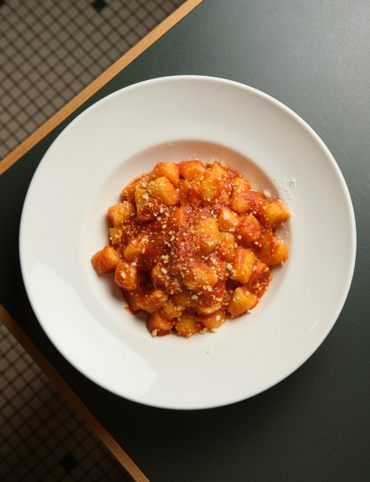
Gastro Obscura’s 10 Essential Places to Eat and Drink in Rome
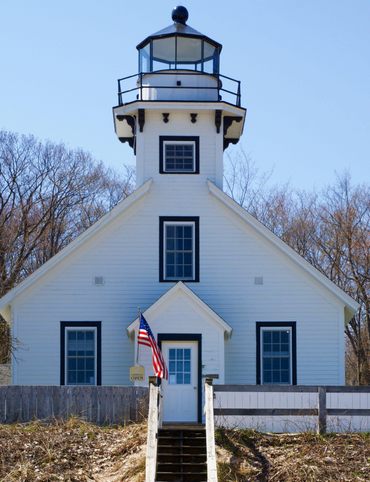
The Explorer’s Guide to Road Tripping Around the Great Lakes

10 National Parks That Are Perfect for a Road Trip

10 Out-of-This-World Places You Can Reach in Your Car
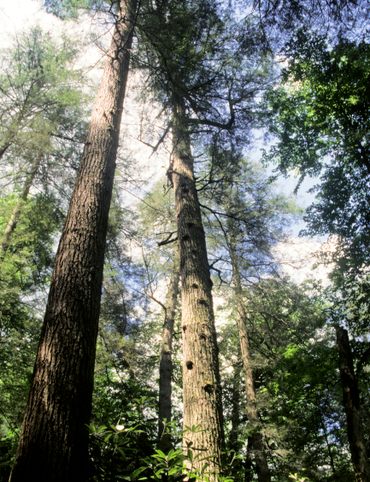
The Explorer’s Guide to Road Tripping Around Appalachia
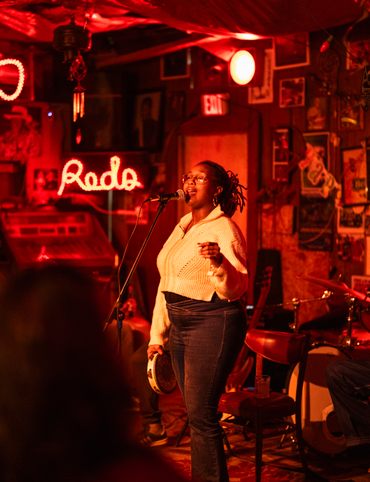
The Explorer’s Guide to Road Tripping Down Highway 61
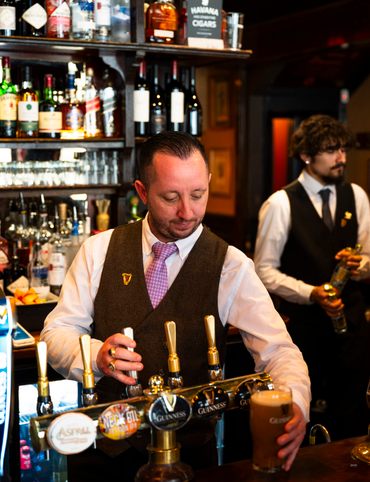
Gastro Obscura’s 10 Essential Stops on an Alternative London Pub Crawl

The Explorer’s Guide to Joshua Tree National Park
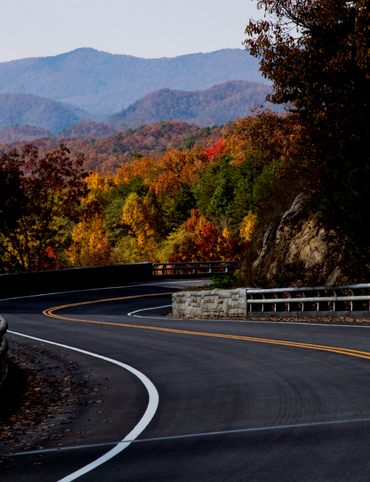
The Explorer’s Guide to the Great Smoky Mountains National Park

Cosmic Colorado: A Stargazer’s Guide to the Centennial State

The Explorer’s Guide to Banff National Park

10 Wild Places That Define West Virginia’s Landscape

The Ultimate Guide to Hidden Red Rocks: 10 Secret Passageways, Artifacts, and Ghost Stories
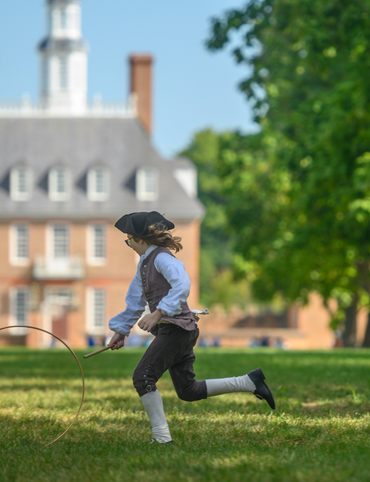
The Explorer’s Guide to Williamsburg, Virginia

The Explorer’s Guide to the British Virgin Islands
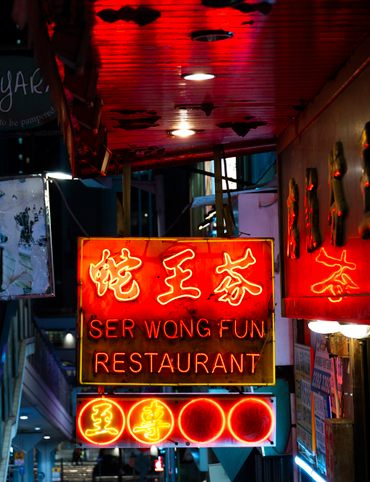
Gastro Obscura’s 10 Essential Places to Eat, Drink, and Shop in Hong Kong

A Denver Guide for National Park Lovers

Gastro Obscura’s 10 Essential Places to Eat and Drink in Oaxaca
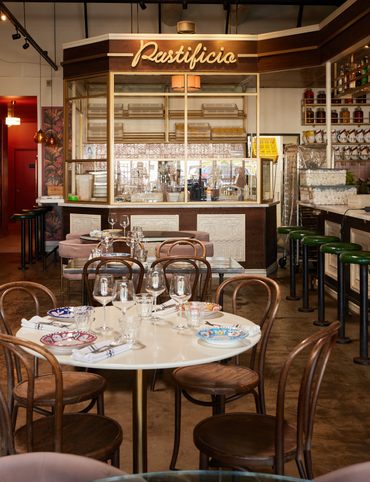
A Gastro Obscura Guide to Family-Friendly Dining in San Diego

The Explorer’s Guide to Outdoor Wonders In Maryland
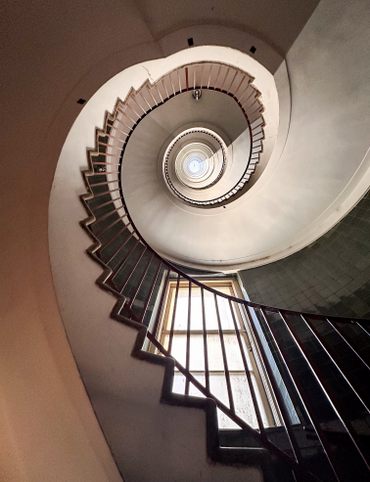
The Secret Lives of Cities: Ljubljana

From Cigar Boom to Culinary Gem: 10 Essential Spots in Ybor City
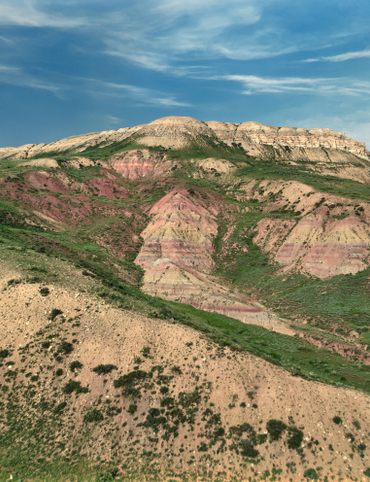
The Explorer’s Guide to Wyoming’s Captivating History

A Nature Lover’s Guide to Sarasota: 9 Wild & Tranquil Spots
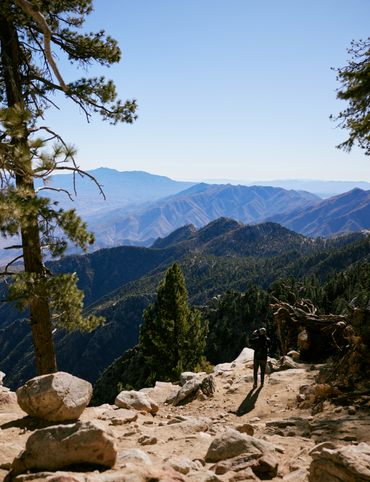
California’s Unbelievable Landscapes: A Guide to Nature’s Masterpieces

The Ultimate California Guide to Tide Pools and Coastal Marine Life

Explore California on Foot: Nature’s Year-Round Playground
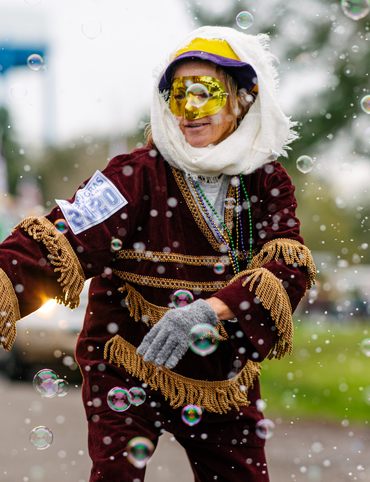
Mardi Gras 9 Ways: Parades, Cajun Music, And Courirs Across Louisiana

The Explorer’s Guide to Winter in Germany
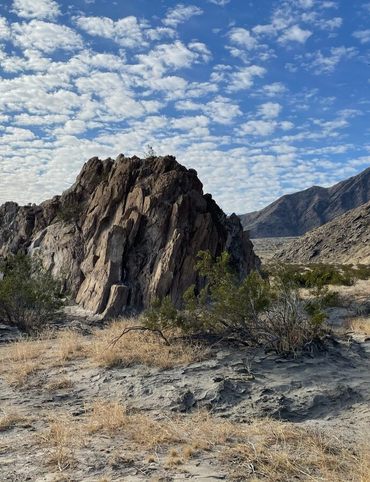
Ancient California: A Journey Through Time and Prehistoric Places

The Wildest West: Explore California’s Ghost Towns and Gold Fever Legacy
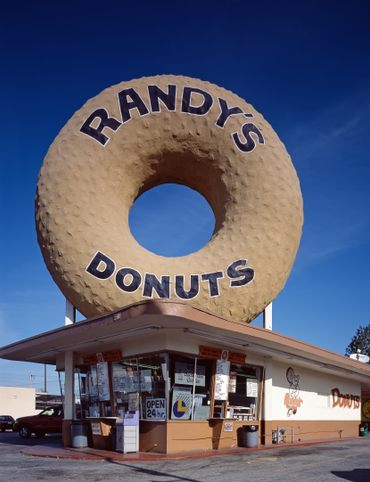
Sweet California: A Culinary Guide to Tasty Treats Across the State

Sea of Wonders: An Itinerary Through California’s Stunning Shoreline
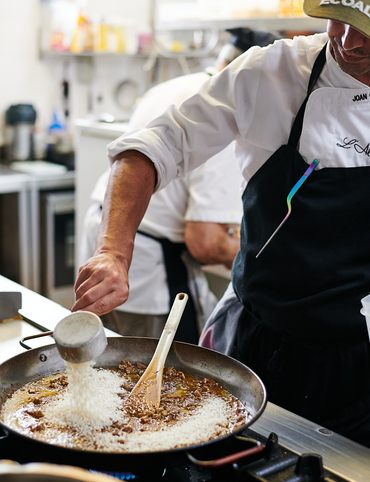
10 Places to Taste Catalonia’s Gastronomic Treasures

Atlas Obscura’s Guide to Palm Springs
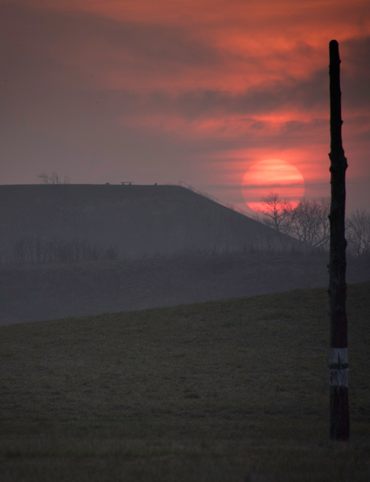
Atlas Obscura’s Guide to the 10 Most Mystifying Places in Illinois
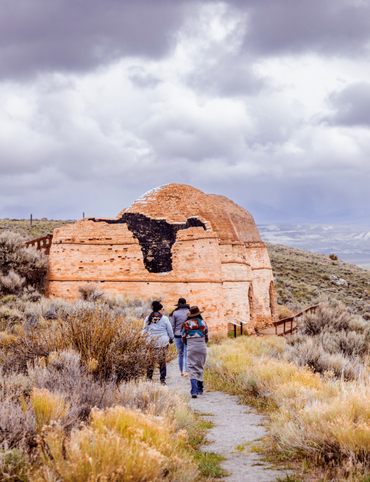
10 Fascinating Sites That Bring Idaho History to Life
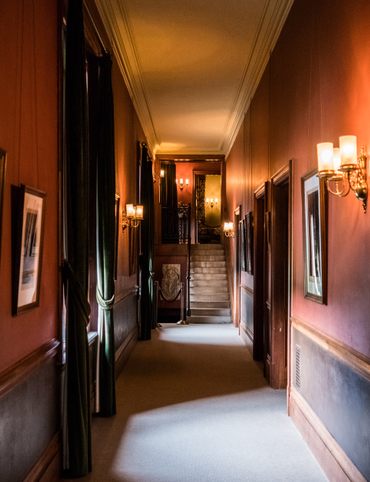
North Carolina's Paranormal Places, Scary Stories, & Local Haunts
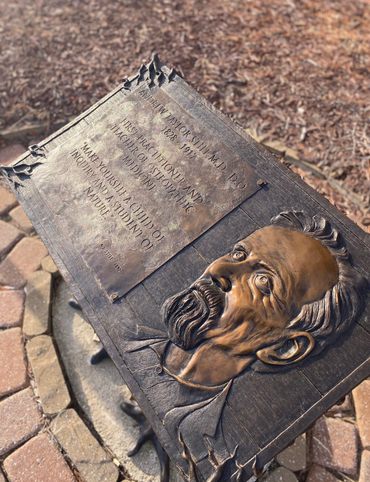
Exploring Missouri’s Legends: Unveiling the Stories Behind the State’s Iconic Figures

These Restaurants Are Dishing Out Alabama’s Most Distinctive Food

A Gastro Obscura Guide to Los Cabos
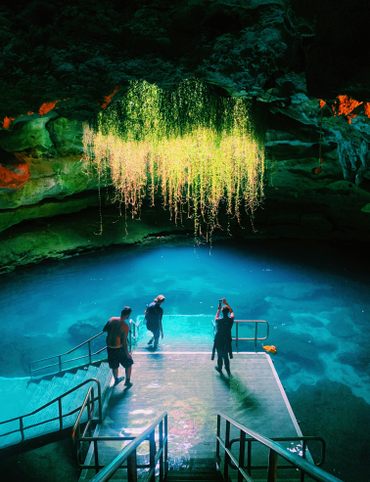
9 Watery Wonders on Florida’s Gulf Coast
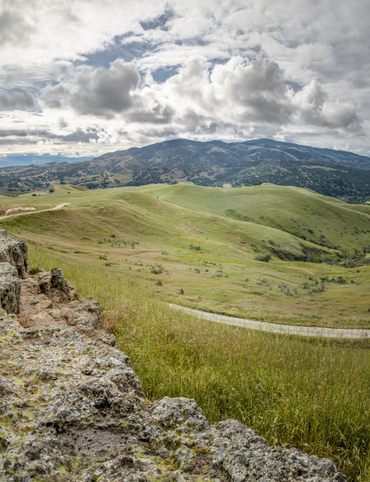
Discover the Surprising and Hidden History of Monterey County

Gastro Obscura’s Guide to Eating Your Way Through Charlotte
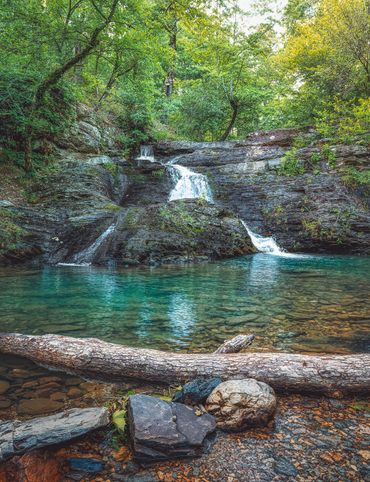
Talimena Scenic Byway: 6 Essential Stops for Your Arkansas Road Trip

9 Amazing Arkansas Adventures Along the Scenic 7 Byway
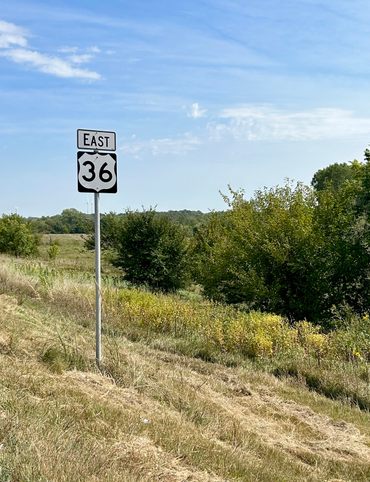
The Explorer's Guide to Highway 36: The Way of American Genius
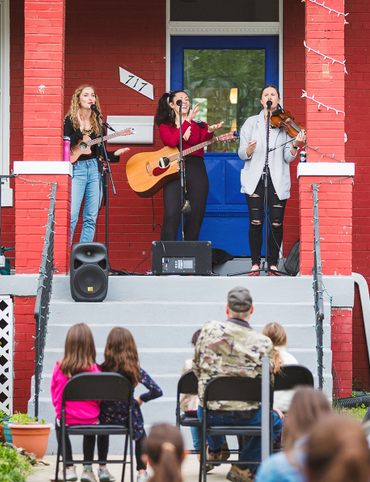
A Behind-the-Scenes Guide to DC’s Art and Music
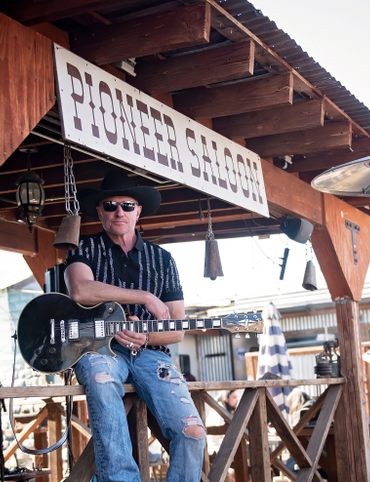
9 Places Near Las Vegas For a Different Kind of Tailgate
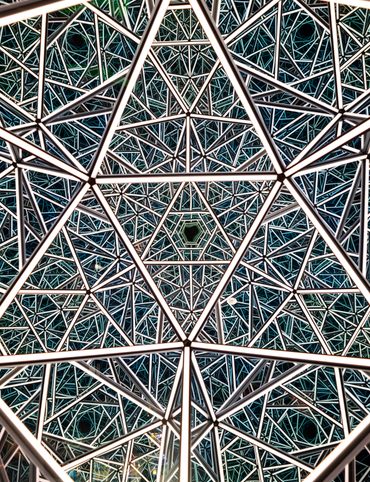
10 Places to See Amazing Art on Florida's Gulf Coast

8 Reasons Why You Should Visit the Bradenton Area

A Music Lover’s Guide to New Orleans

Gastro Obscura’s Guide to Sipping Wine in Catalonia
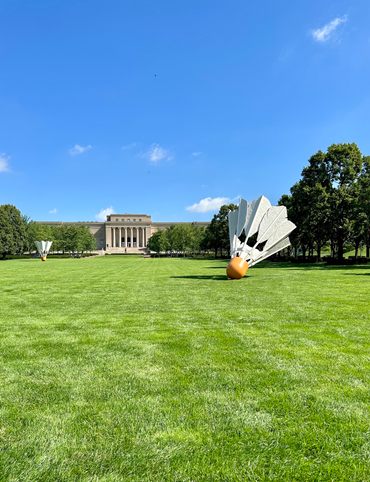
9 Hidden Wonders in the Heart of Kansas City

10 Unexpected Delights of Vermont's Arts and Culture Scene
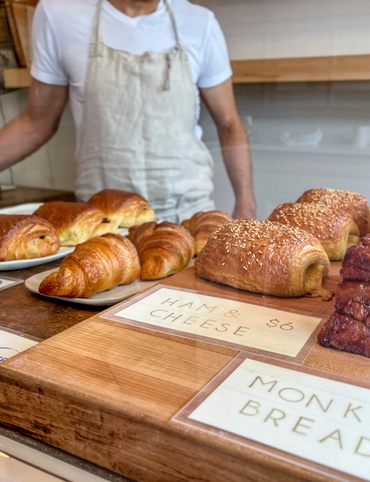
Gastro Obscura’s Guide to Eating Through Maine
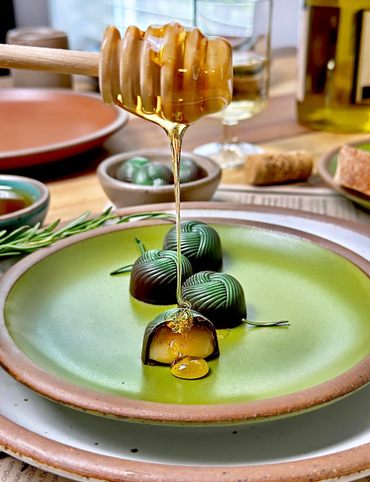
The Gastro Obscura Guide to Asheville Area Eats
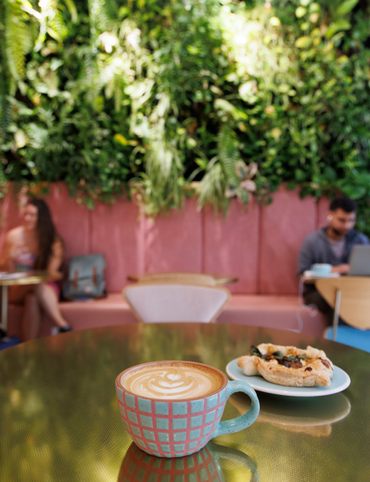
Gastro Obscura’s Guide to St. Pete/Clearwater

9 Hidden Wonders in Eastern Colorado
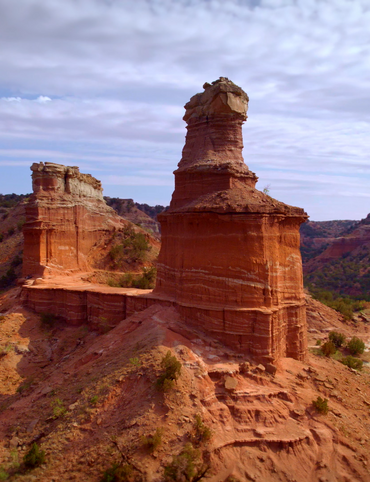
7 Places to Experience Big Wonder in Texas
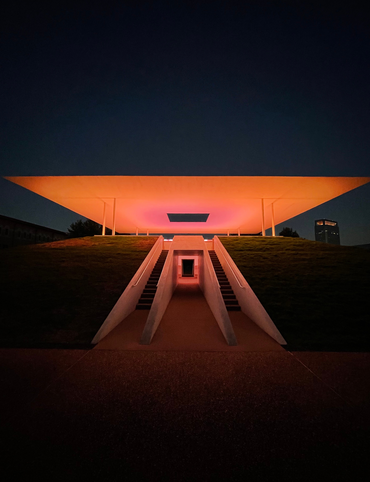
8 Out-There Art Destinations in Texas
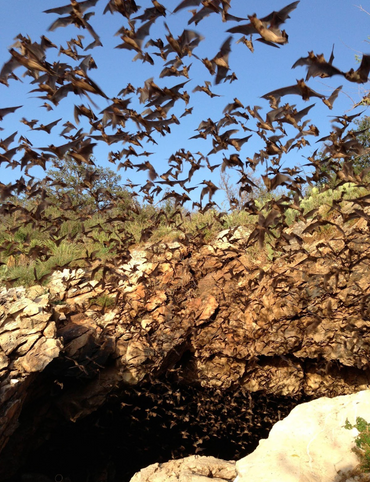
6 Ways To See Texas Below the Surface

9 Places to Dive Into Fresh Texas Waters
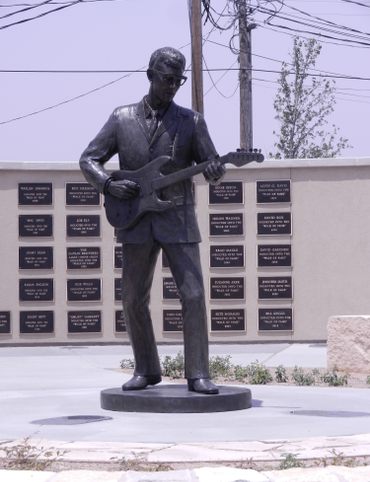
7 Ways to Explore Music (and History) in Texas
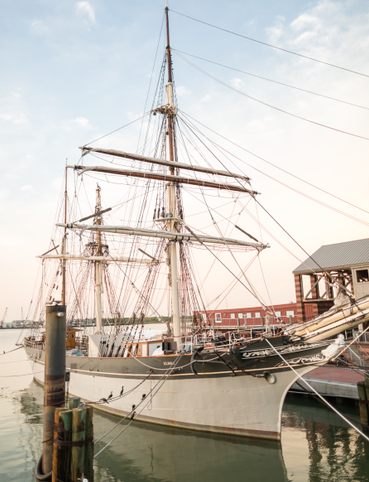
8 Ways to Discover Texas’ Rich History

The Explorer’s Guide to the Northern Territory, Australia
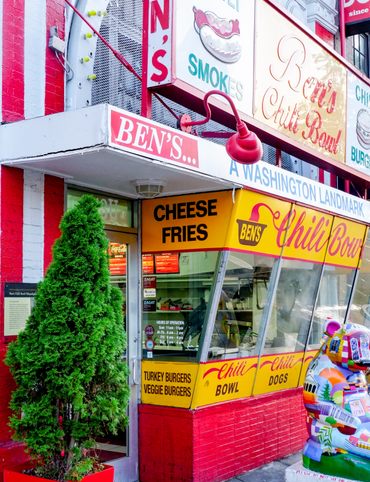
The Explorer's Guide to U Street Corridor

Gastro Obscura Guide to Southern Eats
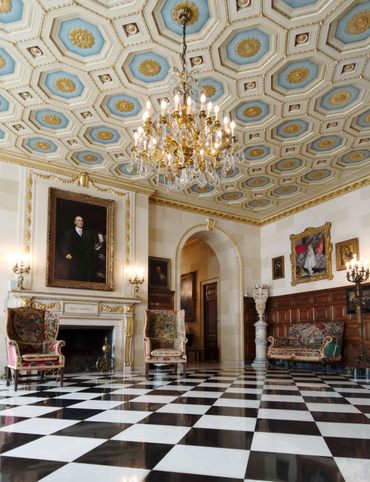
Only In Delaware

The Secret History & Hidden Wonders of Charlotte, North Carolina
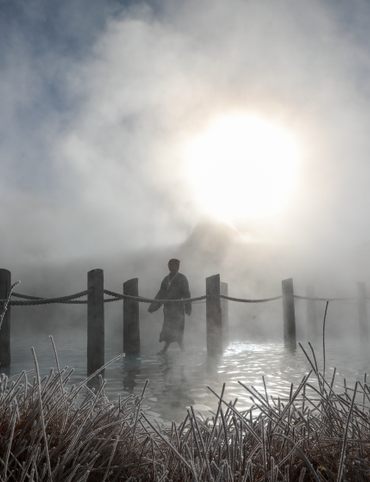
Exploring Colorado's Historic Hot Springs Loop
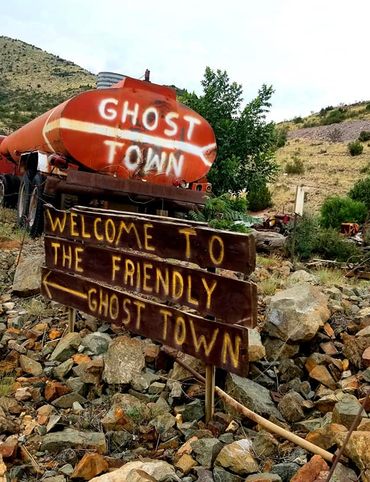
These 8 Arizona Ghost Towns Will Transport You to the Wild West

A Guide to Arizona’s Most Striking Natural Wonders
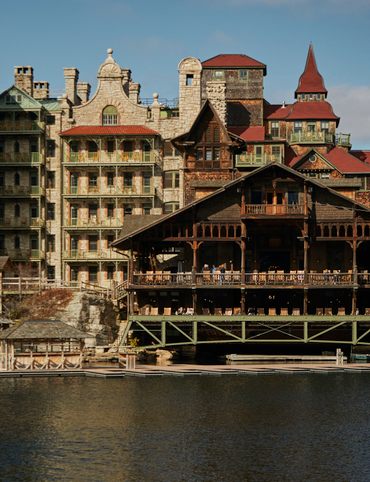
The Explorer's Guide to Hudson Valley, New York

Discover the Endless Beauty of the Pine Tree State

Travel to New Heights Around the Pine Tree State

8 Historical Must-Sees in Granbury, Texas
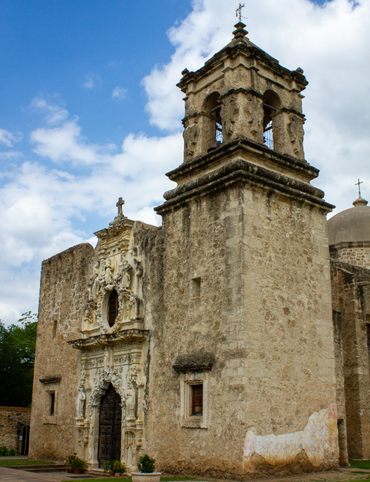
7 Creative Ways to Take in San Antonio’s Culture
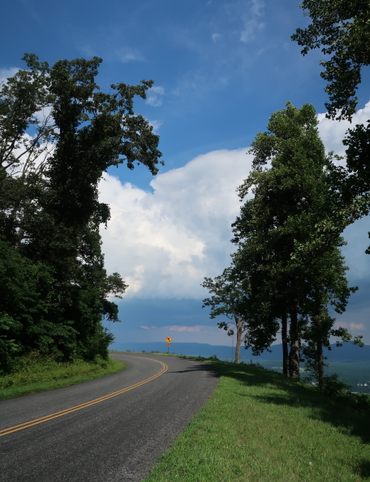
Eat Across the Blue Ridge Parkway
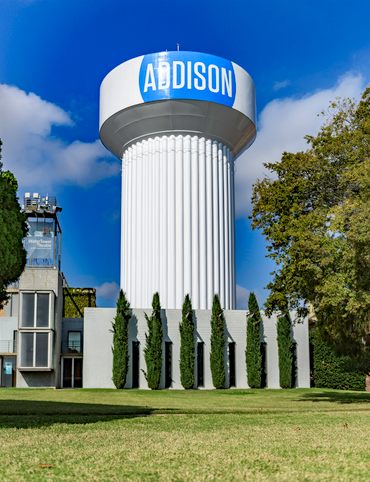
6 Ways to Absorb Addison, Texas’ Arts and Culture

6 Ways to Take in the History of Mesquite, Texas
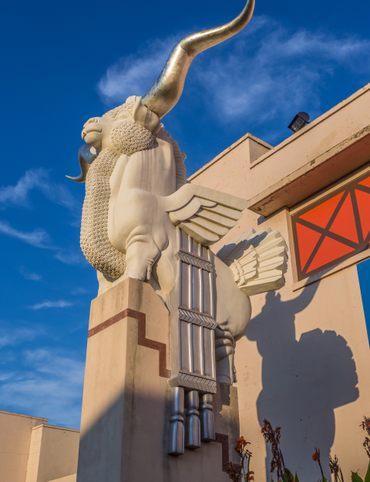
9 Dallas Spots for Unique Art and Culture
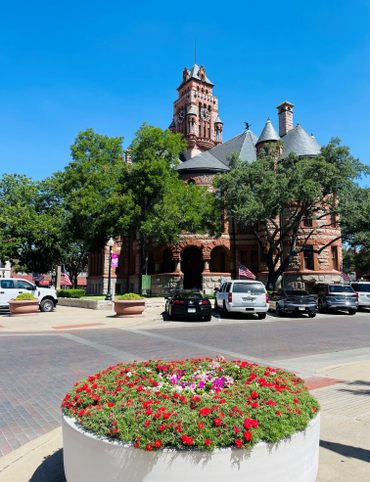
7 Sites of Small-Town History in Waxahachie, Texas
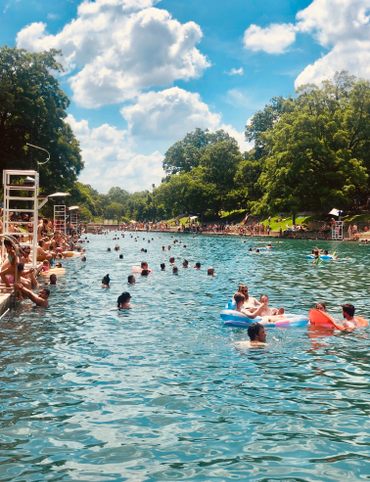
6 Natural Wonders to Discover in Austin, Texas

Discover the Secrets of Colorado’s Mountains and Valleys

A Road Trip Into Colorado’s Prehistoric Past
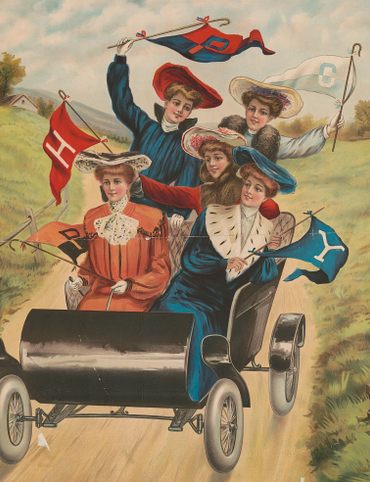
A Feminist Road Trip Across the U.S.
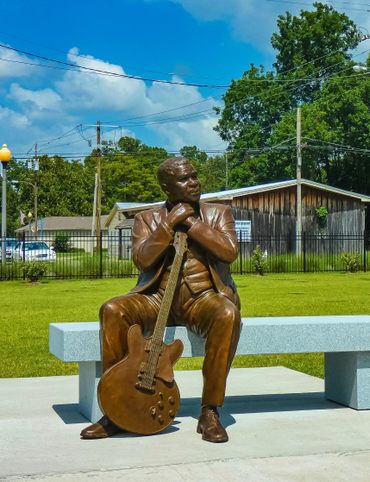
All Points South
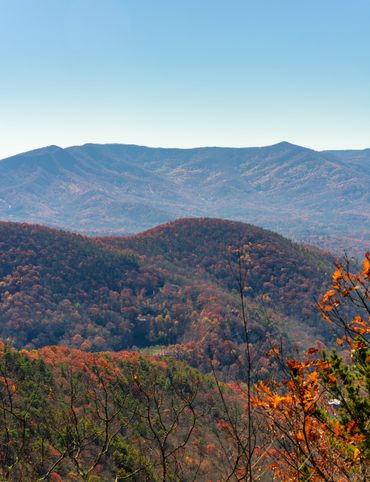
Asheville: Off the Beaten Path
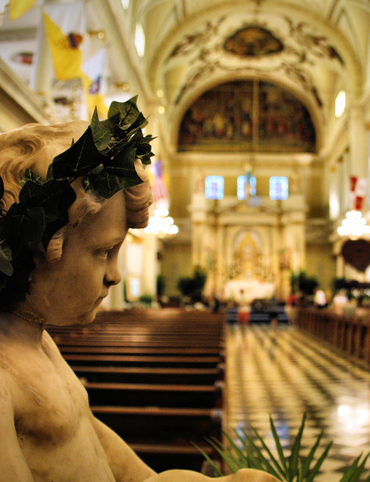
Restless Spirits of Louisiana
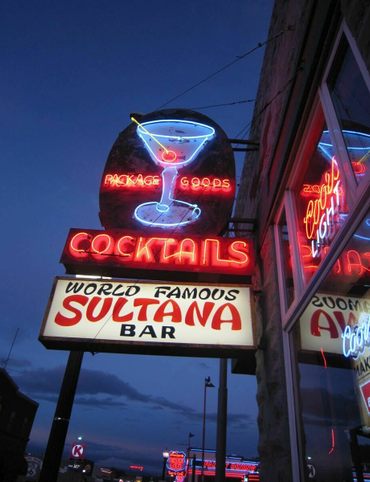
Eat Across Route 66
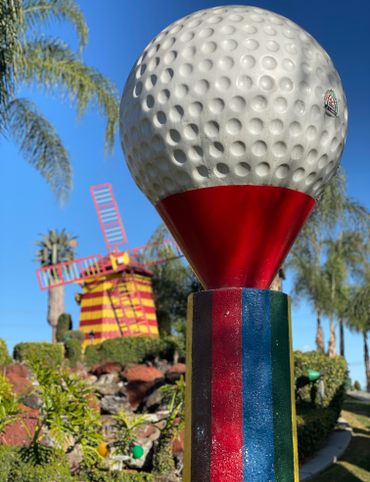
18 Mini Golf Courses You Should Go Out of Your Way to Play

4 Underwater Wonders of Florida
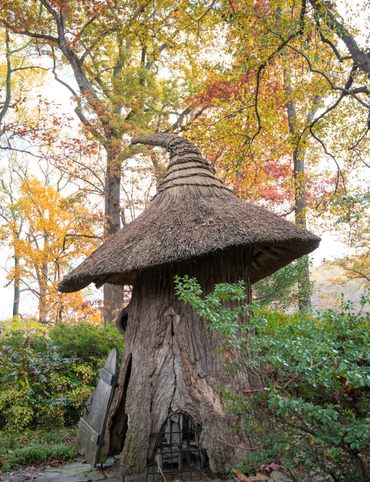
6 Spots Where the World Comes to Delaware

Study Guide: Road Trip from Knoxville to Nashville
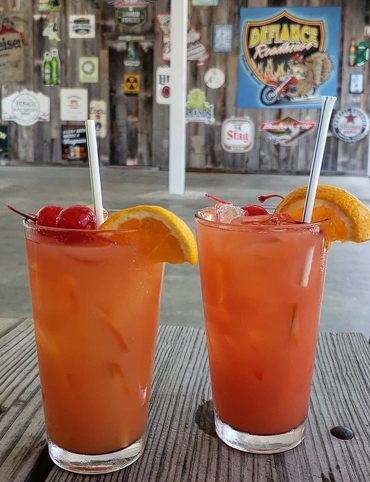
6 Wondrous Places to Get Tipsy in Missouri
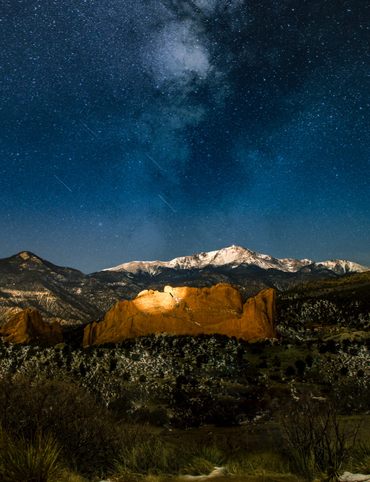
Rogue Routes: The Road to Pikes Peak

Rogue Routes: The Road to Carhenge

4 Pop-Culture Marvels in Iowa

7 Stone Spectacles in Georgia

6 Stone-Cold Stunners in Idaho
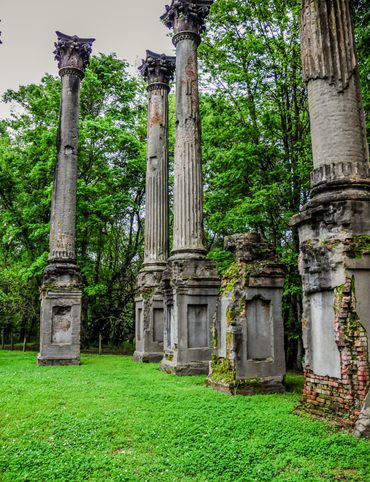
8 Historic Spots to Stop Along Mississippi's Most Famous River
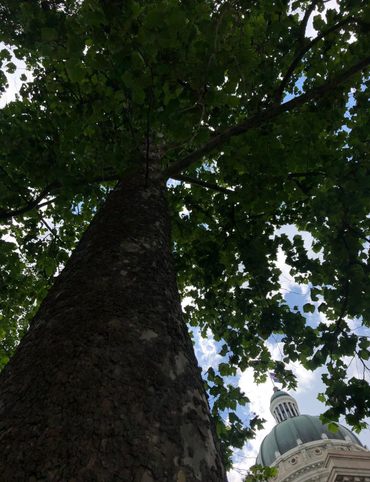
5 Incredible Trees You Can Find Only in Indiana
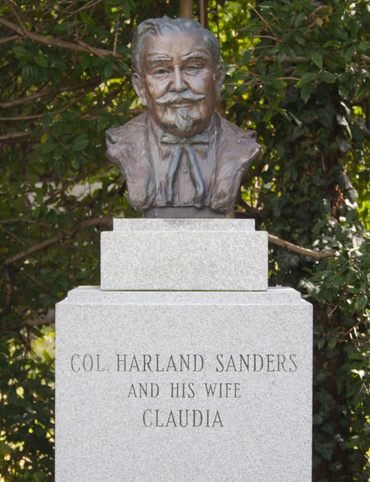
5 Famous and Delightfully Obscure Folks Buried in Kentucky

4 Wacky Wooden Buildings in Wyoming
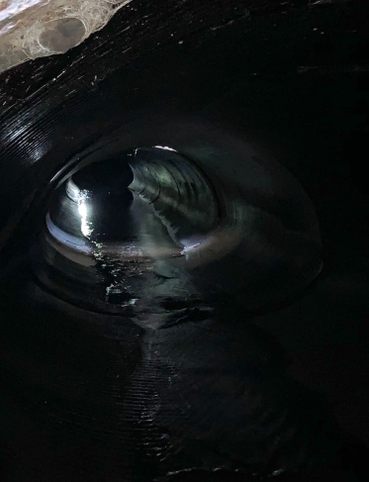
7 Spots to Explore New Jersey’s Horrors, Hauntings, and Hoaxes
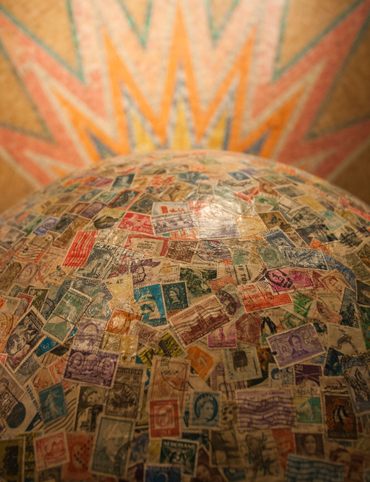
4 Out-There Exhibits Found Only in Nebraska

6 Sweet and Savory Snacks Concocted in Utah
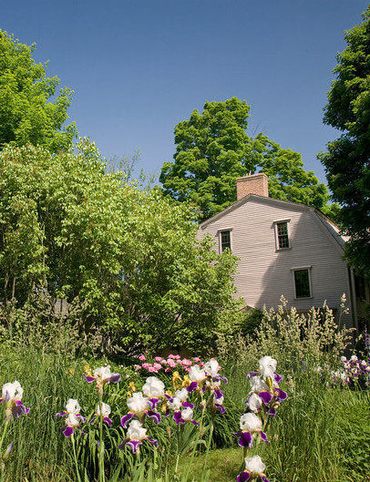
12 Places in Massachusetts Where Literature Comes to Life
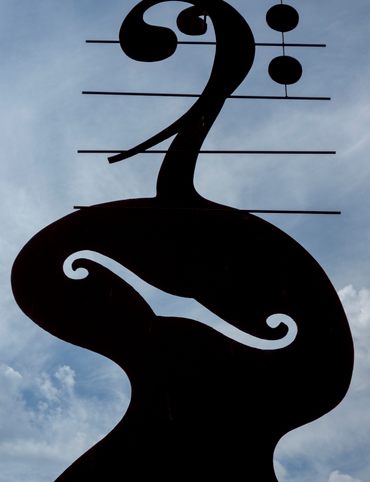
8 Places to Get Musical in Minnesota
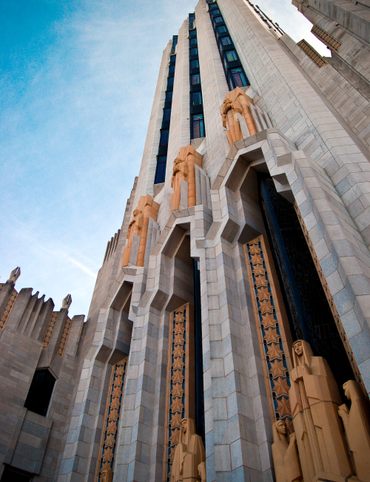
8 Buildings That Prove Oklahoma's an Eclectic Art Paradise

9 Stunning Scientific Sites in Illinois
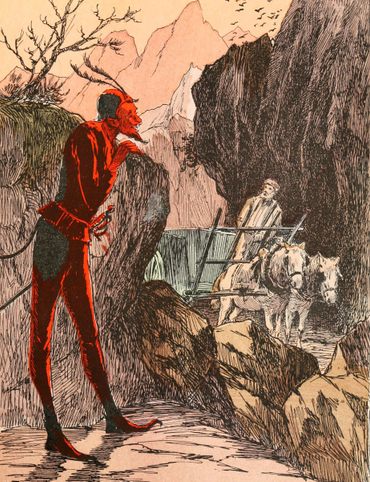
5 Strange and Satanic Spots in New Hampshire
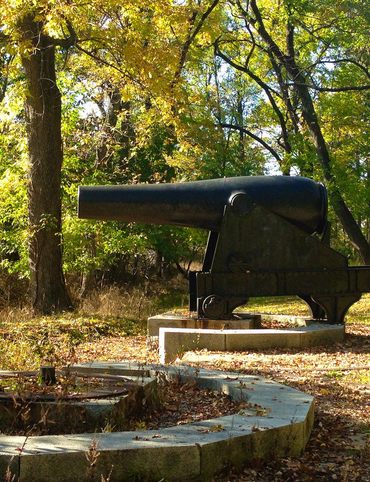
8 Historic Military Relics in Maryland
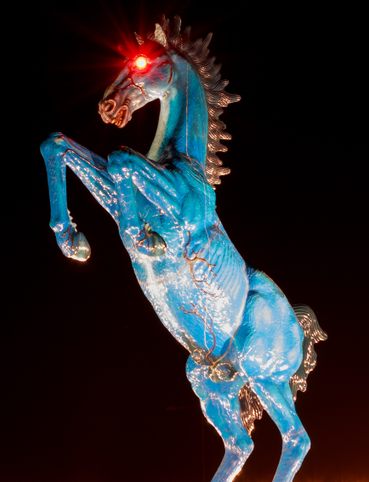
5 of Colorado's Least-Natural Wonders

Rogue Routes: The Road to Sky’s the Limit
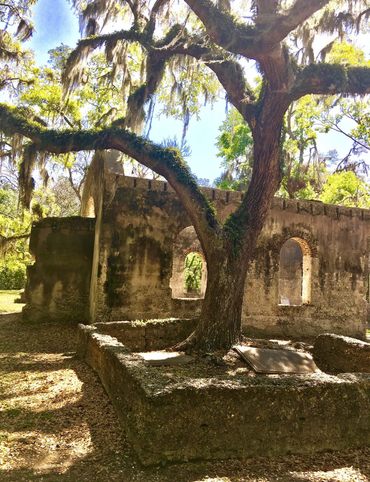
6 Hallowed Grounds in South Carolina
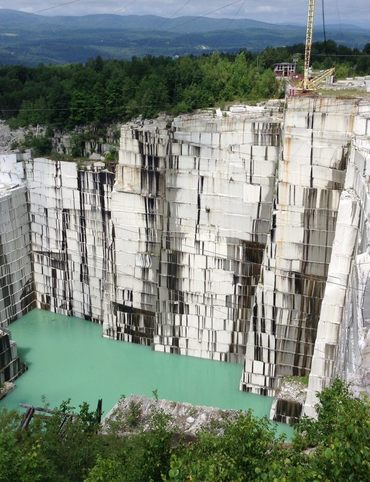
9 Rocking Places in Vermont

Knoxville Study Guide
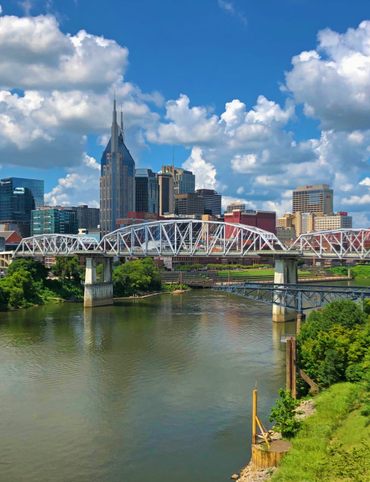
Nashville Study Guide

Rogue Routes: The Road to Camp Colton

Black Apples and 6 Other Southern Specialties Thriving in Arkansas
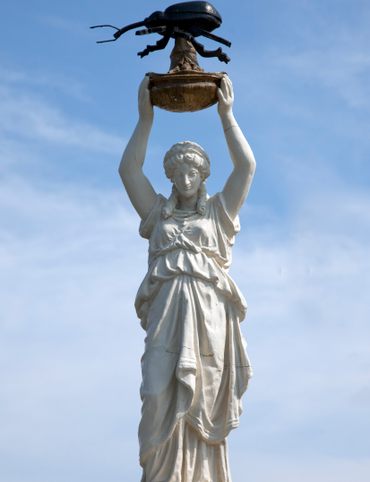
4 Monuments to Alabama’s Beloved Animals
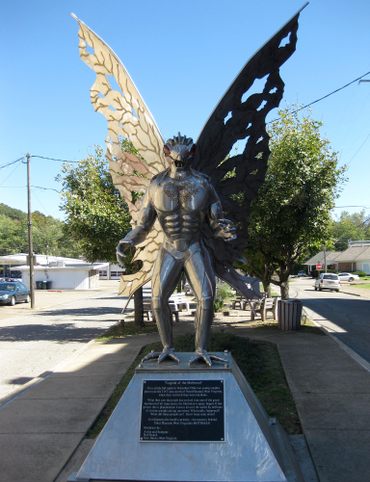
The Dark History of West Virginia in 9 Sites
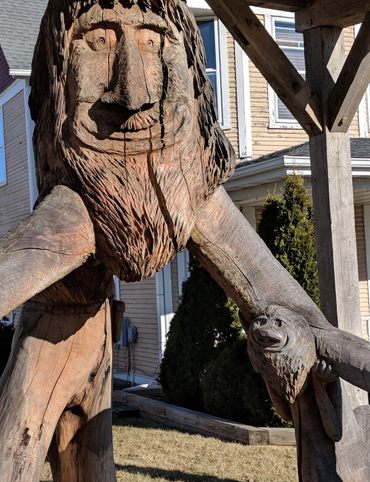
11 Zany Collections That Prove Wisconsin's Quirkiness
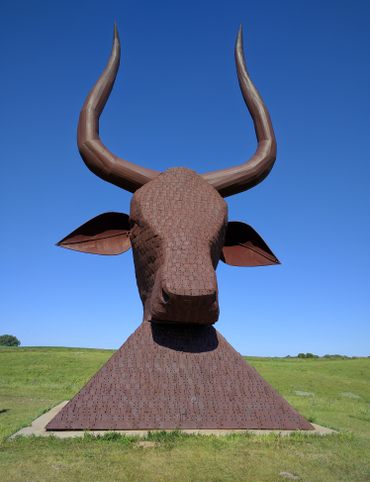
7 Inexplicably Huge Animals in South Dakota
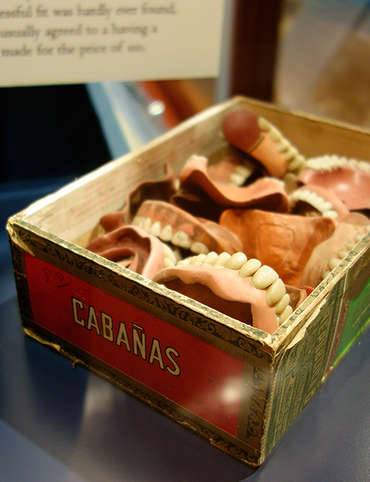
6 Fascinating Medical Marvels in Pennsylvania
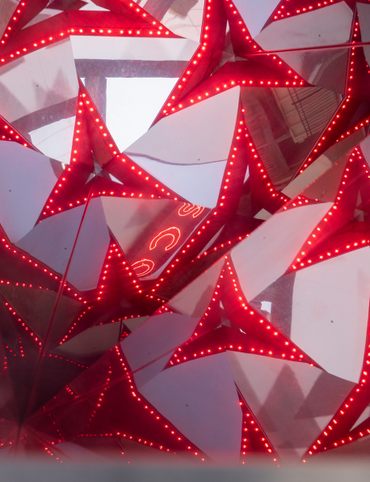
8 Places in Virginia That Aren’t What They Seem
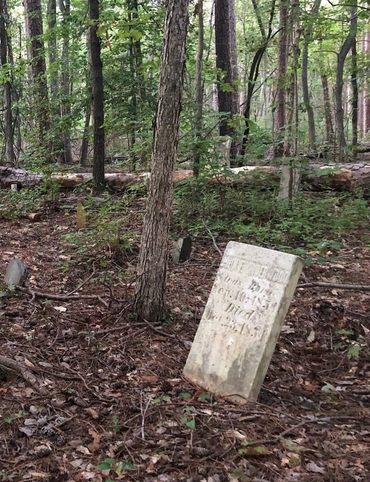
7 Cool, Creepy, and Unusual Graves Found in North Carolina
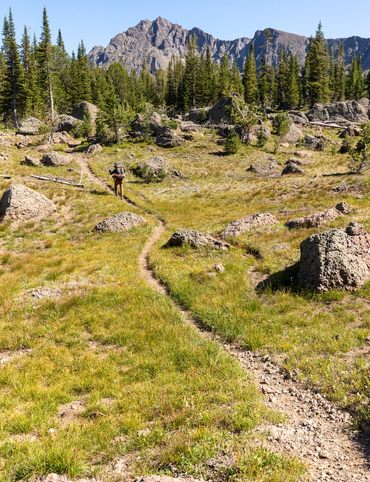
7 of Montana's Spellbinding Stone Structures

9 of Oregon’s Most Fascinating Holes and Hollows
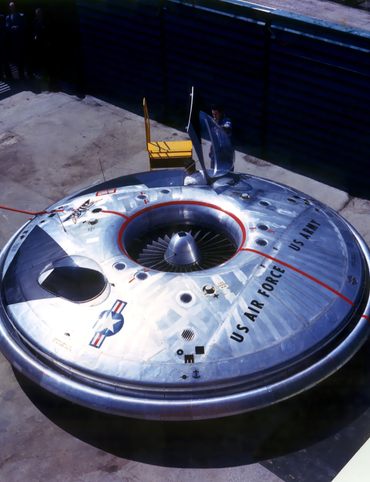
Take to the Skies With These 9 Gravity-Defying Sites in Ohio

9 Strange and Surreal Spots in Washington State

8 Watery Wonders in Hawaiʻi, Without Setting Foot in the Ocean
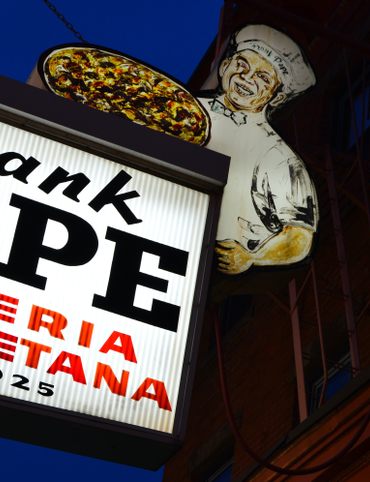
6 Unusual Eats Curiously Cooked Up in Connecticut

11 Close Encounters With Aliens and Explosions in New Mexico
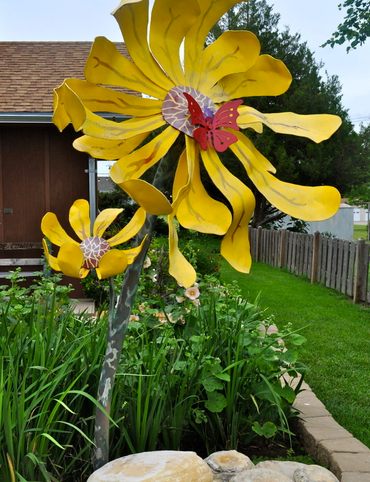
10 Places to Trip Way Out in Kansas
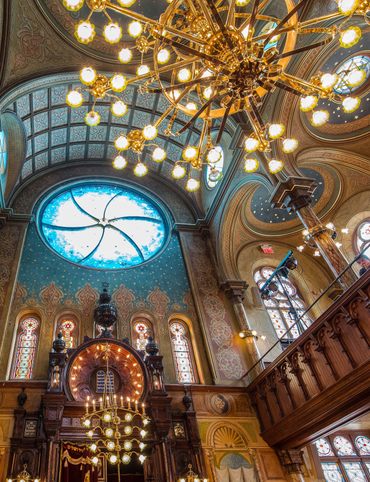
The Resilience of New York in 10 Remarkable Sites

7 Very Tall Things in Very Flat North Dakota

8 Blissfully Shady Spots to Escape the Arizona Sun
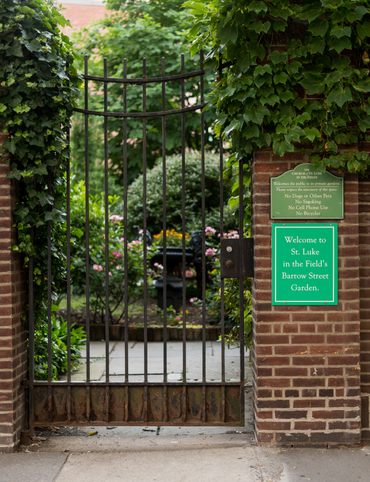
On the Run: NYC
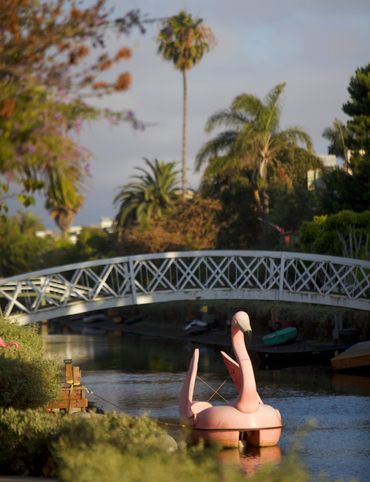
On the Run: Los Angeles

9 Surprisingly Ancient Marvels in Modern California
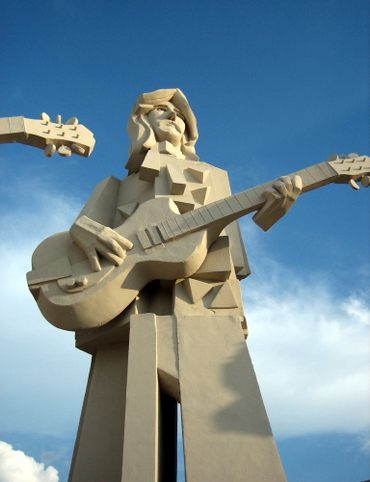
10 Art Installations That Prove Everything's Bigger in Texas
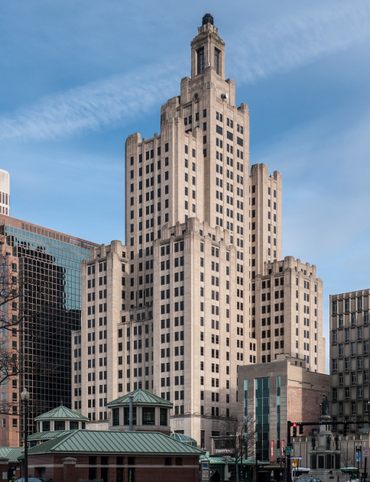
6 Huge Things in Tiny Rhode Island
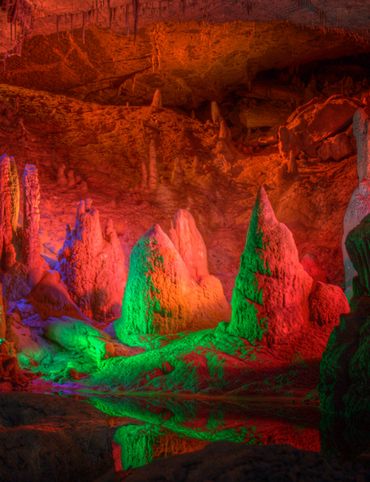
7 Underground Thrills Only Found in Tennessee

Sink Into 7 of Louisiana's Swampiest Secrets

7 Mechanical Marvels in Michigan

11 Wholesome Spots in Nevada
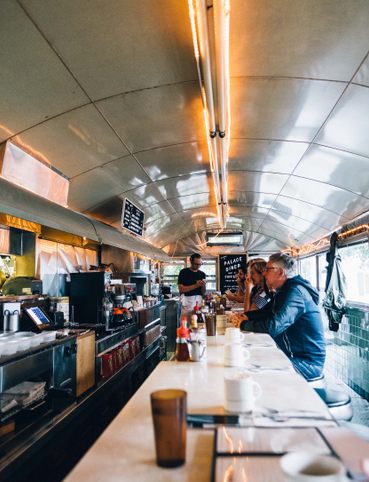
7 Places to Glimpse Maine's Rich Railroad History

11 Places Where Alaska Bursts Into Color
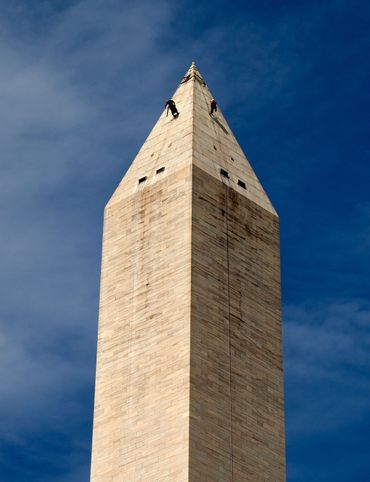
9 Places in D.C. That You're Probably Never Allowed to Go

2 Perfect Days in Pensacola
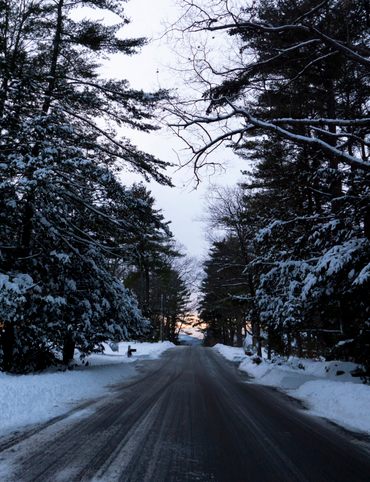
Rogue Routes: The Road to the Ice Castles

Taste of Tucson
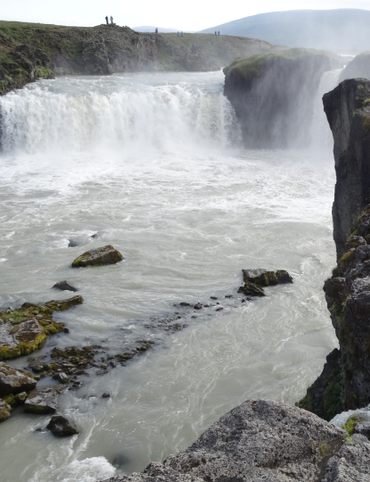
North Iceland’s Untamed Coast

Hidden Edinburgh
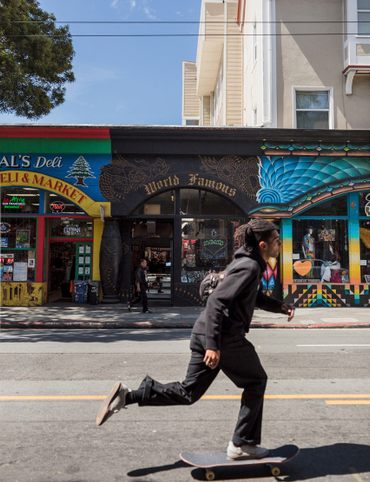
Hidden Haight-Ashbury
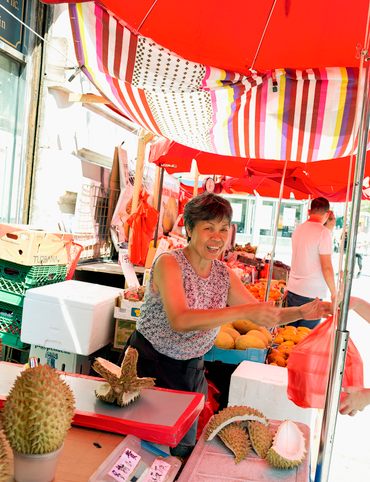
The Many Flavors of NYC’s Five Boroughs
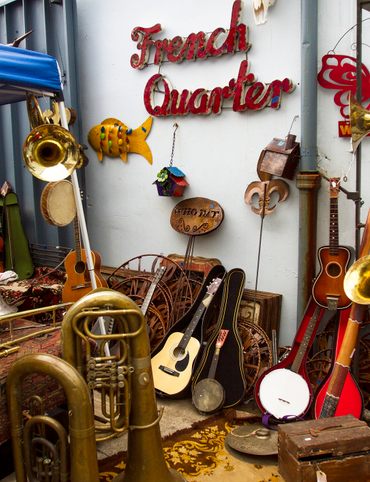
Hidden French Quarter
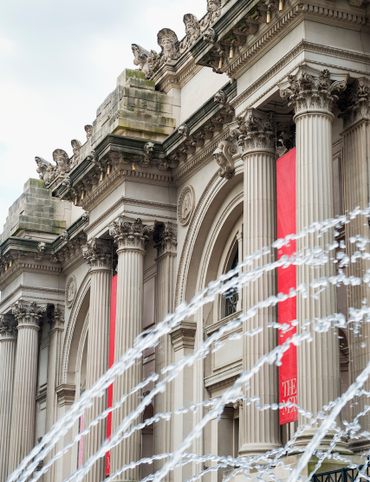
The Metropolitan Museum of Art
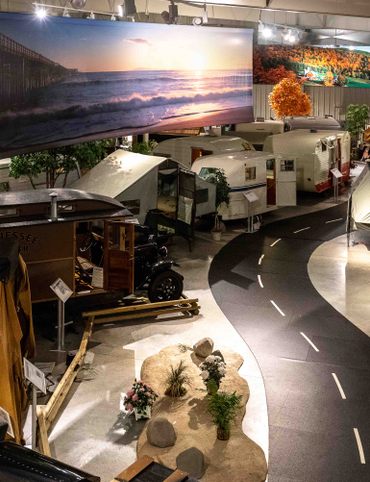
Motown to Music City Road Trip

Gulf Coast Road Trip

Hidden Coachella Valley
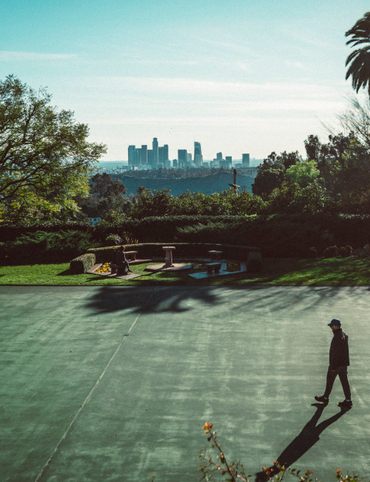
Highland Park

Venice
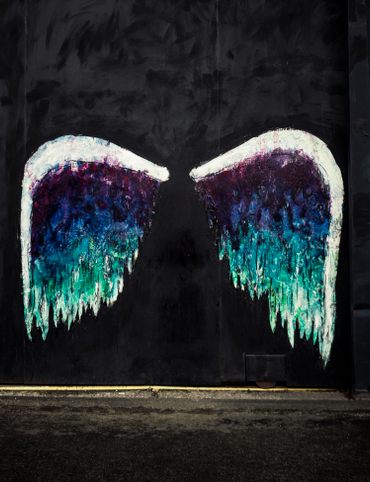
L.A.’s Downtown Arts District
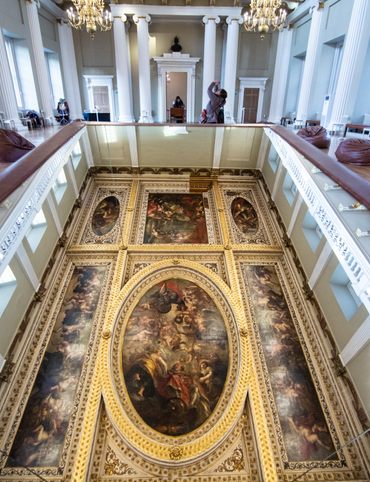
Hidden Trafalgar Square

Secrets of NYC’s Five Boroughs
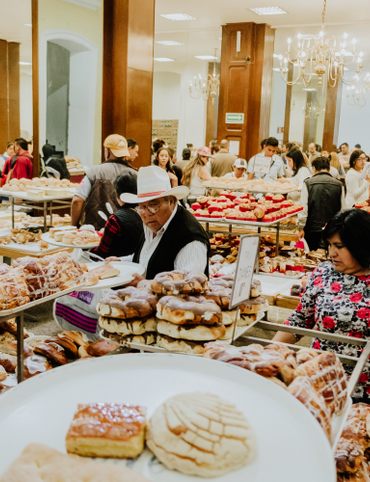
Mexico City's Centro Histórico

Hidden Hollywood
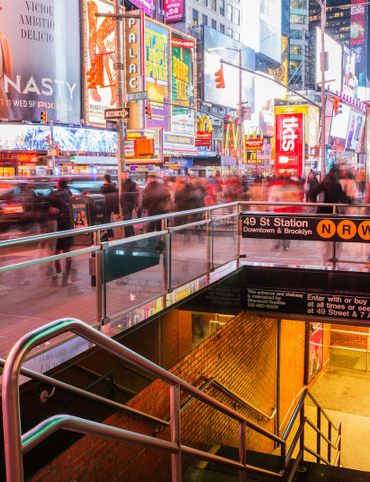
Hidden Times Square

Summer Radio Road-Trip
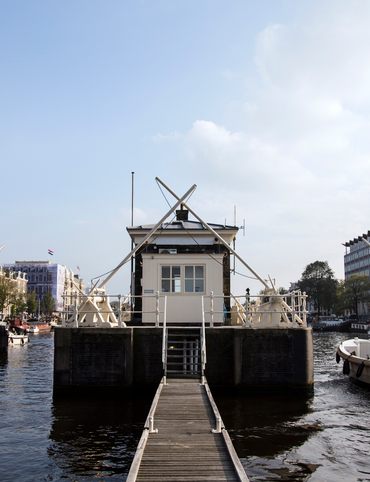
Amsterdam
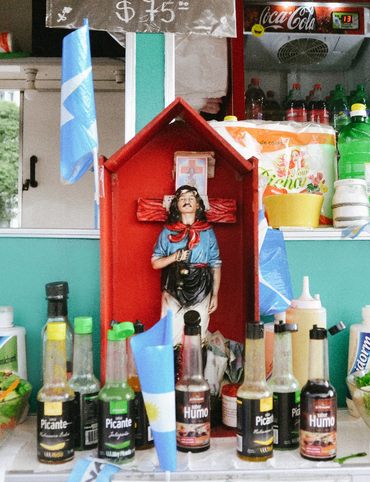
Buenos Aires
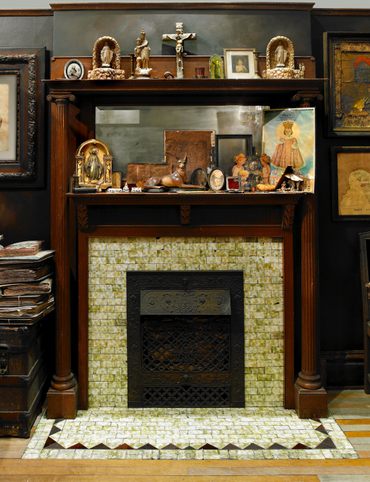
Chicago
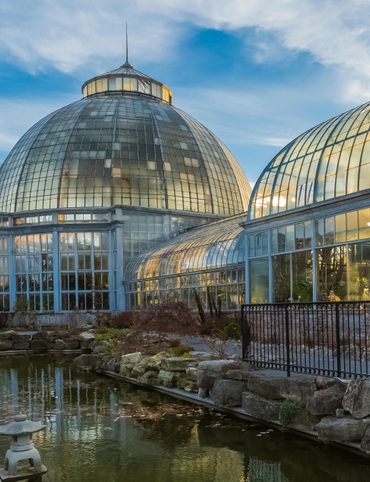
Detroit
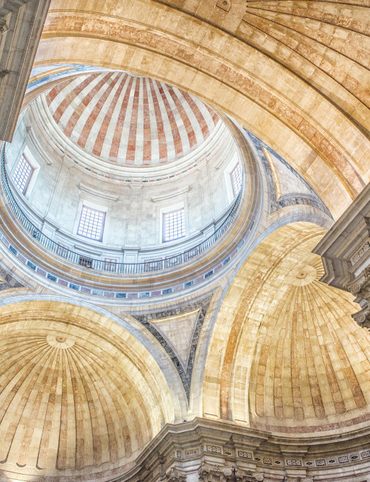
Lisbon

Miami
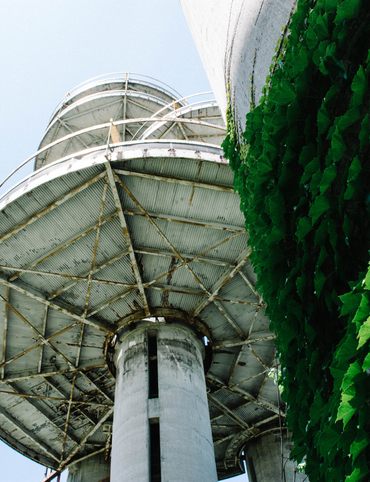
Queens

San Diego
